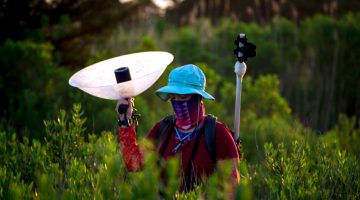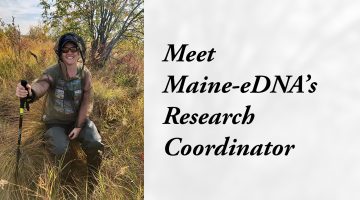Introducing Undergraduates to Interdisciplinary Research Through Cross-State Collaboration
By Evan Bartow, Writing Intern Focused on gathering, analyzing, and utilizing data collected from the Northern Forest Region, the NSF EPSCoR Track-2 INSPIRES project invested heavily in the creation of new environmental sensors. The development of these sensors is led by the WiSe-Net Lab under the direction of Ali Abedi, Associate Vice President for Research […]
Read more









